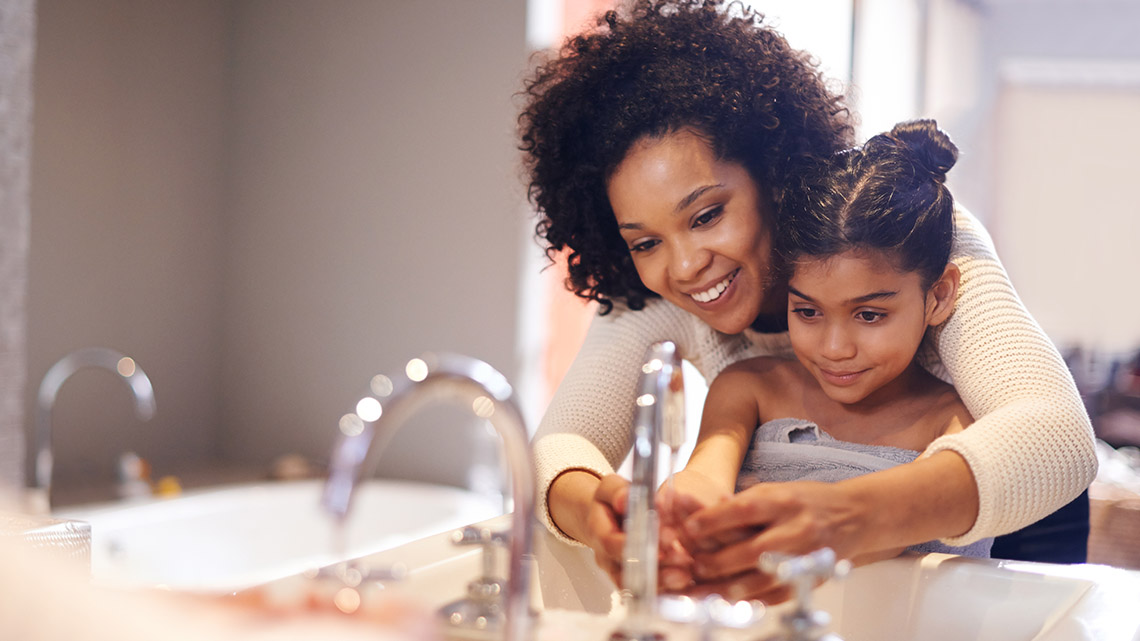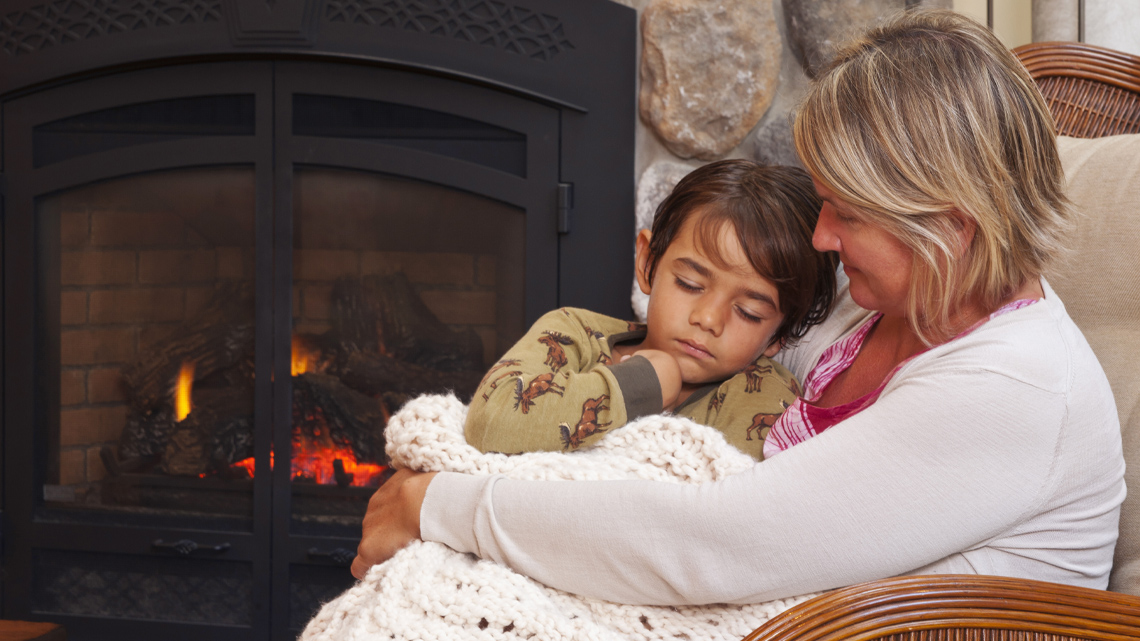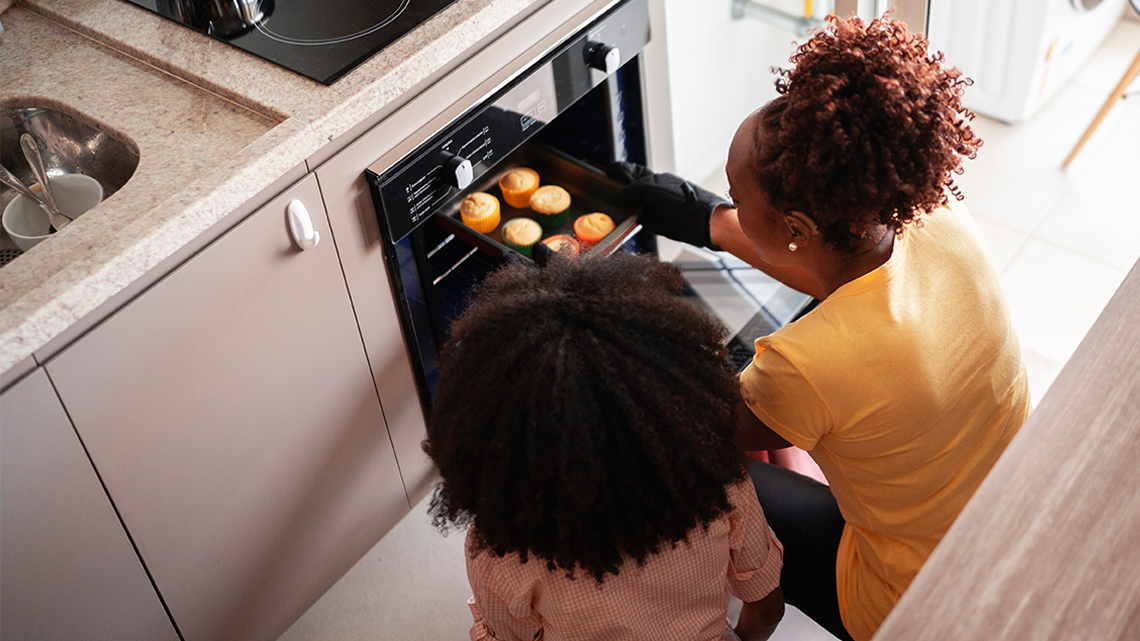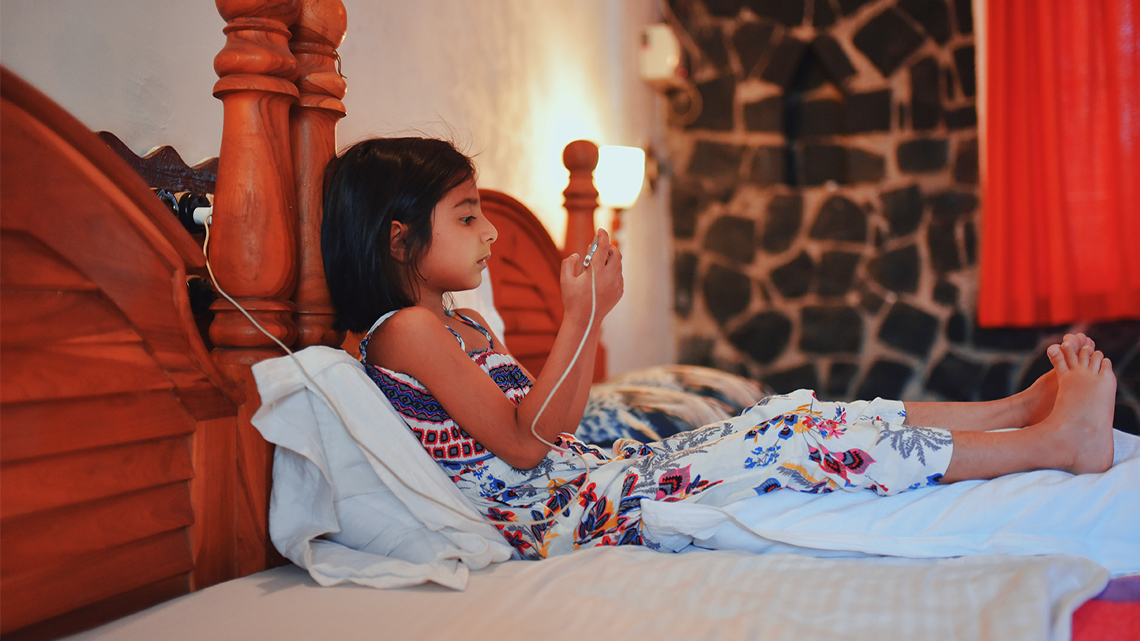Minds On
Energy in our everyday lives
Energy is everywhere! It can move and change, but it cannot be destroyed. There are a variety of types of energy and as individuals, we are consumers of this energy on a daily basis. People use energy in their daily lives in a number of ways. Some of the ways energy is used include:
- heating homes and buildings
- running devices and appliances
- growing food
- washing bodies and clothes
What are some ways that you use energy in your everyday life? Use the carousel of images to help you create your answer.
Record your ideas in a method of your choice.
Action
Non-renewable and renewable energy sources
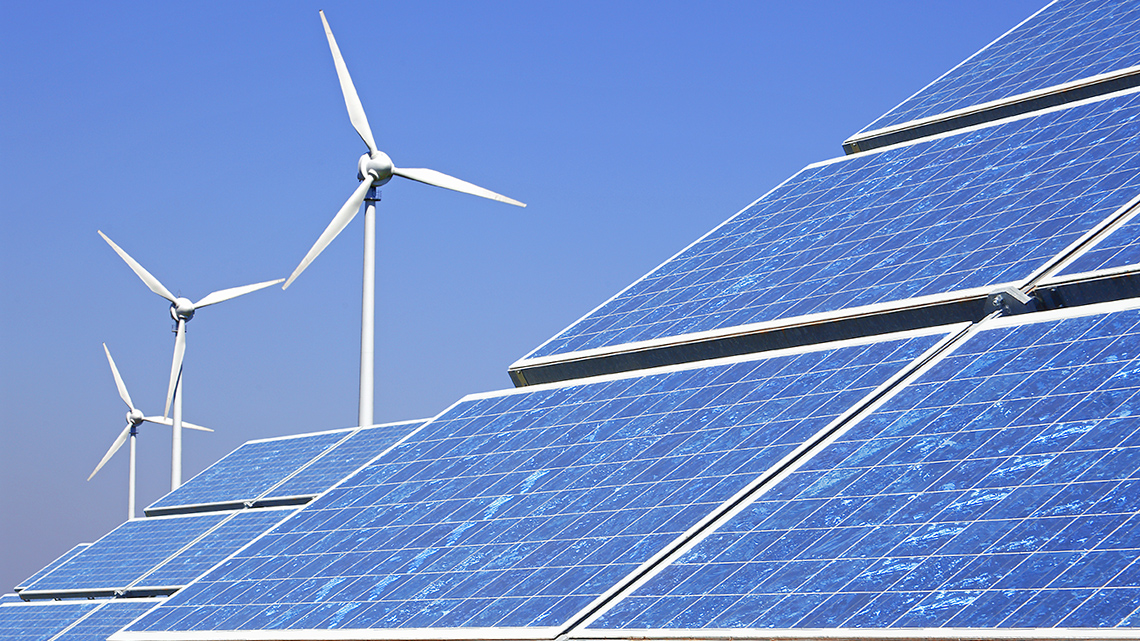
Where does energy come from?
A lot of energy originally comes from the sun. Much of the energy we use comes from fossil fuels such as coal and oil but energy can also come from the sun, wind, water, and even movement!
Explore the following flashcards to learn about the types of energy.
These different forms of energy are created from different sources. These sources can be either renewable or non-renewable.
Press the following tabs to access definitions of renewable and non-renewable energy.
Let’s explore the forms of energy that were defined. Explore the images, descriptions, and different uses of these forms of energy. Determine whether you think this energy is renewable or non-renewable?
Press the following tabs to access the different forms of energy.
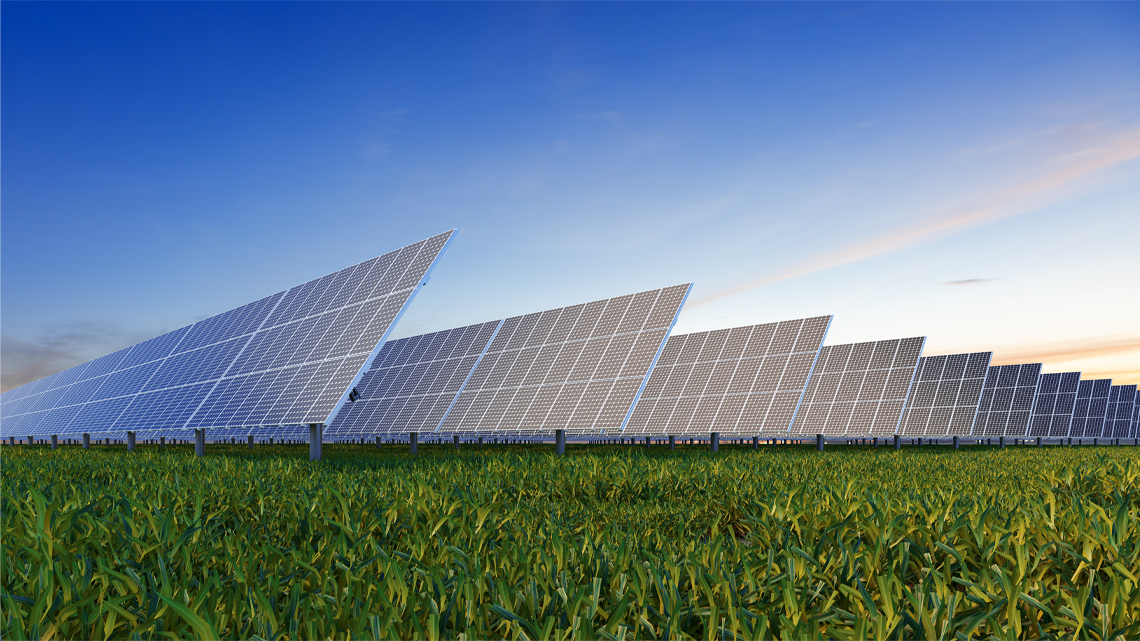
Solar energy is using sun and heat to generate power. This solar power plant is found in China. China is one of the world’s leaders in their use of solar power.
Examples of solar energy include:
- power vehicles such as cars, trucks, and busses
- peating and cooling
- power batteries
- lighting
- electricity
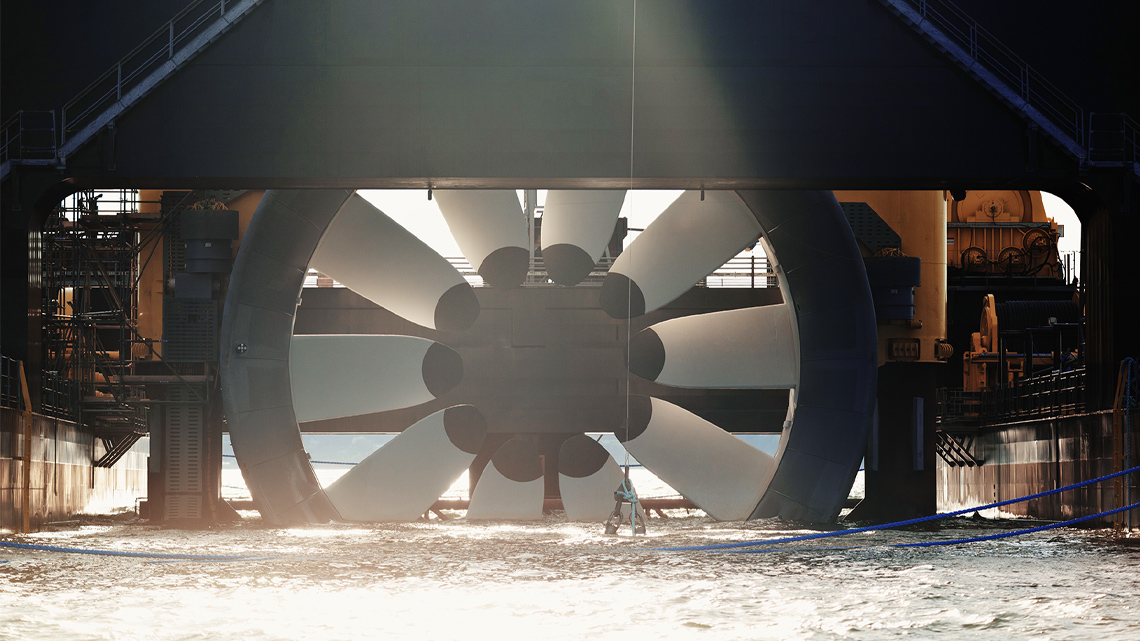
Tidal energy is energy produced by the tides of the ocean. This is a turbine that turns to produce energy when the water moves into it. This turbine is found in Canada.
Examples of tidal energy include:
- electricity
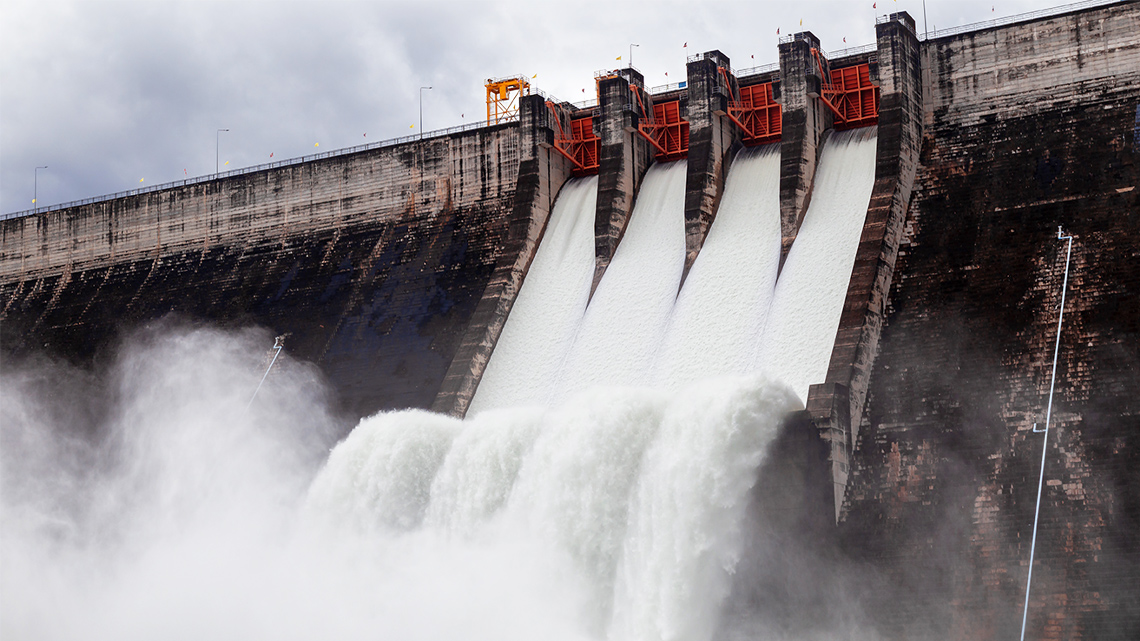
When creating electricity using water, the rushing water turns a turbine and powers a generator which turns this energy into electricity. This hydroelectric dam is in Thailand.
Examples of hydroelectricity include:
- electricity
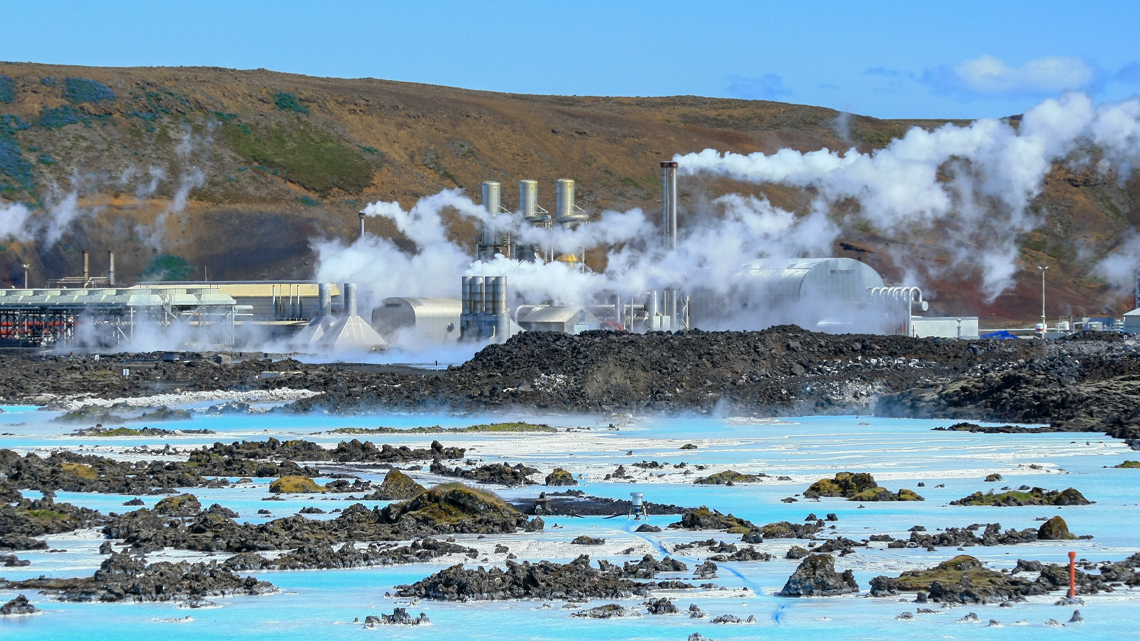
Thermal energy is generated by heat. This energy can be created by coal and oil but it can also be created by taking heat from the core of the Earth, which is very hot. This geothermal plant in Iceland, takes heat from water found in the core of the Earth.
Examples of thermal energy include:
- electricity
- heating structures such as buildings, sidewalks, and parking lots

Kinetic energy is energy created when an object moves at a certain speed. Wind power turns the turbines which works a generator. This generator turns this power into energy. These turbines are found in the United States.
Examples of kinetic energy include :
- electricity
- pumping water or draining water from the ground
- powering sails
Check your knowledge!
Select the correct answer, then press “Check Answer” to see how you did.
Using electricity

Electricity is a very common use of these different forms of energy as well as energy created using coal, oil, and natural gas. What uses does electricity have in daily lives?
Here are just a few of the ways electricity is used everyday:
- powering items such as computers, phones, televisions, monitors
- powering lights
- heating and cooling
- powering appliances such as refrigerators, stoves, ovens, microwaves, washing machines, dryers and small appliances like toasters
- heating water
Did you include any of these examples in your Minds On activity? Return to your list and add any new ways that you use energy in your daily life.
Energy use and the environment
Most of the forms of energy we have been exploring are renewable forms of energy. Unfortunately, much of the energy created for everyday use is still created using coal, oil, and natural gas, which are all non-renewable forms of energy. The use of these forms of energy have negative affects on the environment. Extracting them from the Earth and turning them into usable energy destroys natural habitats and pollutes the air, water, and land. Because these forms of energy are being used all over the world, large organizations all over the world, including the United Nations has gotten involved in this issue and are taking action!
Global connection
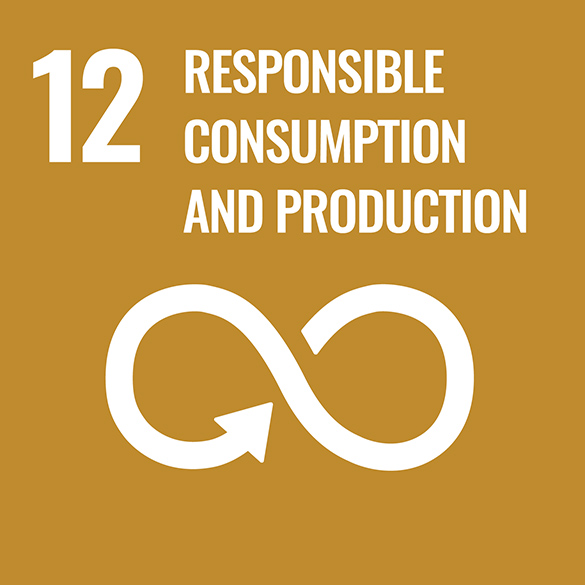
The United Nations (UN) is a group of many countries from around the world that have come together to create a better future for people and the environment. They have created 17 goals called the Sustainable Development Goals.
This learning activity is connected to Goal #12: Responsible Consumption and Production. This means everyone should ensure sustainable consumption and production patterns. Sustainable consumption and production will ensure efficiency, economic growth, and help the environment.
There is a way that countries can be more responsible with the way they produce and consume energy. The use of more renewable forms of energy, like those discussed in this learning activity can help.
What are some other ways that countries can help to conserve the amount of energy being used by producers and consumers all over the world?
Using technology to save energy
Energy can be produced and consumed more cleanly and using less waste. Technology can help!
Technology can collect data of energy use in homes, businesses, schools, and buildings where people live, work, or play. Once people are more aware of the amount of energy they use, they can help to reduce this amount.
Computer systems can be created by engineers and used to automate heating and cooling systems in buildings. This means that a building can be heated or cooled during certain hours of the day but turned off when not needed.
Engineers could also use technology to plan and build products that produce energy using renewable sources of energy, produce energy that is clean and non-polluting, and use less energy to create power.
Here are some of the products that have already been created around the world:
Understanding the forms of energy that are cleaner and cause less damage to our environment will allow people to be more responsible consumers and producers of energy.
Which choices would make consumers and producers more responsible when it comes to energy use?
Engineer a responsible plan

As a responsible consumer of energy, one way to make a difference in the world is to create a plan for more responsible actions in day-to-day life. These actions will reduce the negative impacts of energy production on the environment and will create cleaner energy and less waste.
You will use what you have learned to create a plan for more responsible energy use for yourself and those in your home, for your classroom, for your community or for a community of your choice.
Explore the following example design of a Responsible Plan of Energy to inspire you as you design your own plan:
Responsible Plan of Energy
The Problem
The problem is that there needs to be more responsible consumption of energy to protect the environment.
My Outline
My plan will include things we should do and things we should not do to be responsible consumers of energy
Some examples of things we should do include:
- turning off lights when not in the room
- turning off devices when not using them
- using recycled batteries
- Keeping the heat at a temperature that is not too hot
Some examples of things we should not do include:
- Using more electricity than we need
- Keeping devices on all the time
- Throwing batteries in the garbage
My Audience
My audience is those who live with me. I will have to make sure that my plan considers their actions and gives them the information it needs to inspire them to be responsible consumers of energy in our lived space and other places that they work, play, and visit.
My Draft
I will make a rough draft of my plan and ask a few trusted people to explore it and review whether my plan will make us responsible consumers.
Now you are ready to design and create your own plan for responsible consumption of energy.
Record your design and Responsible Consumption Plan in a method of your choice.
Consolidation
Reflection

Review your completed Responsible Consumption Plan. Answer these reflection questions in a method of your choice.
- What do you feel was the part of this process that was the strongest for you? Why is that?
- Is there a part of your plan that you would like a chance to re-do? If so, what is it? Why would you like a chance to re-do it?
- What is one thing you learned from designing your Responsible Consumption Plan?
Technology and energy
Answer the following questions about technology and energy conservation in a method of your choice:
- How has technology been used to affect energy consumption? Provide three examples that were shared in this learning activity.
- Why is technology important to being responsible consumers and producers of energy?
Sharing important information
If you were going to share two important messages about being responsible producers and consumers of energy, what would you share? Why?
Share these important messages with a partner, if possible.
Reflection
As you read through these descriptions, which sentence best describes how you are feeling about your understanding of this learning activity? Press the button that is beside this sentence.
I feel…
Now, record your ideas using a voice recorder, speech-to-text, or writing tool.
